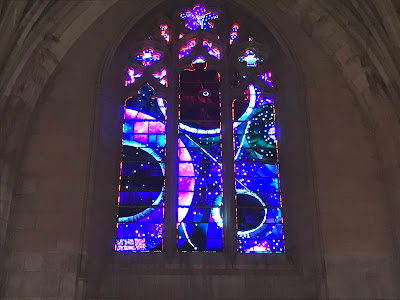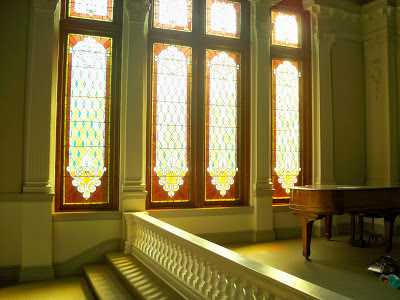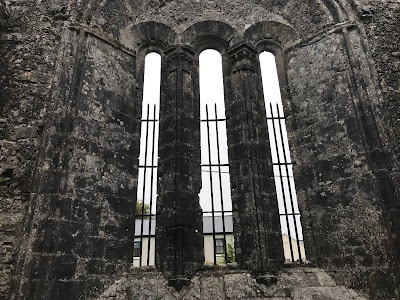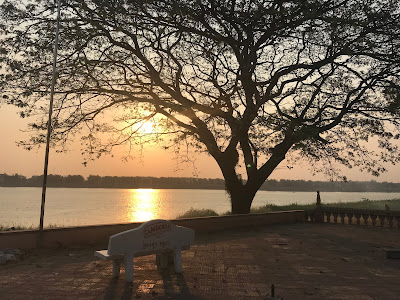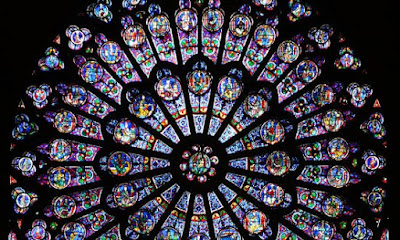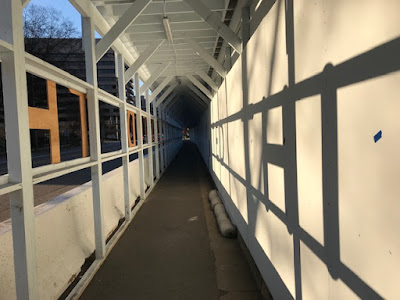Trust Exercise
It’s 24 degrees this morning as I take Copper for his early morning walk. He and I have a pre-dawn rendezvous. He wanders into the living room fully expecting me to be there, because, of course, I usually am.
It’s not important to him that I’m trying to get some writing done, or some online shopping, or that I’m checking out bathroom fixtures or insurance questions or any other of my oh-so-human preoccupations.
He wants the crisp air of winter in his nostrils, the crunch of frost-stiffened grass under his pads. He wants to trot a few houses down the block as if he owned the place, then trot those same few houses back to the sure promise of a yummy breakfast and a warm house.
His trust is pure and complete. I could learn something from it.

